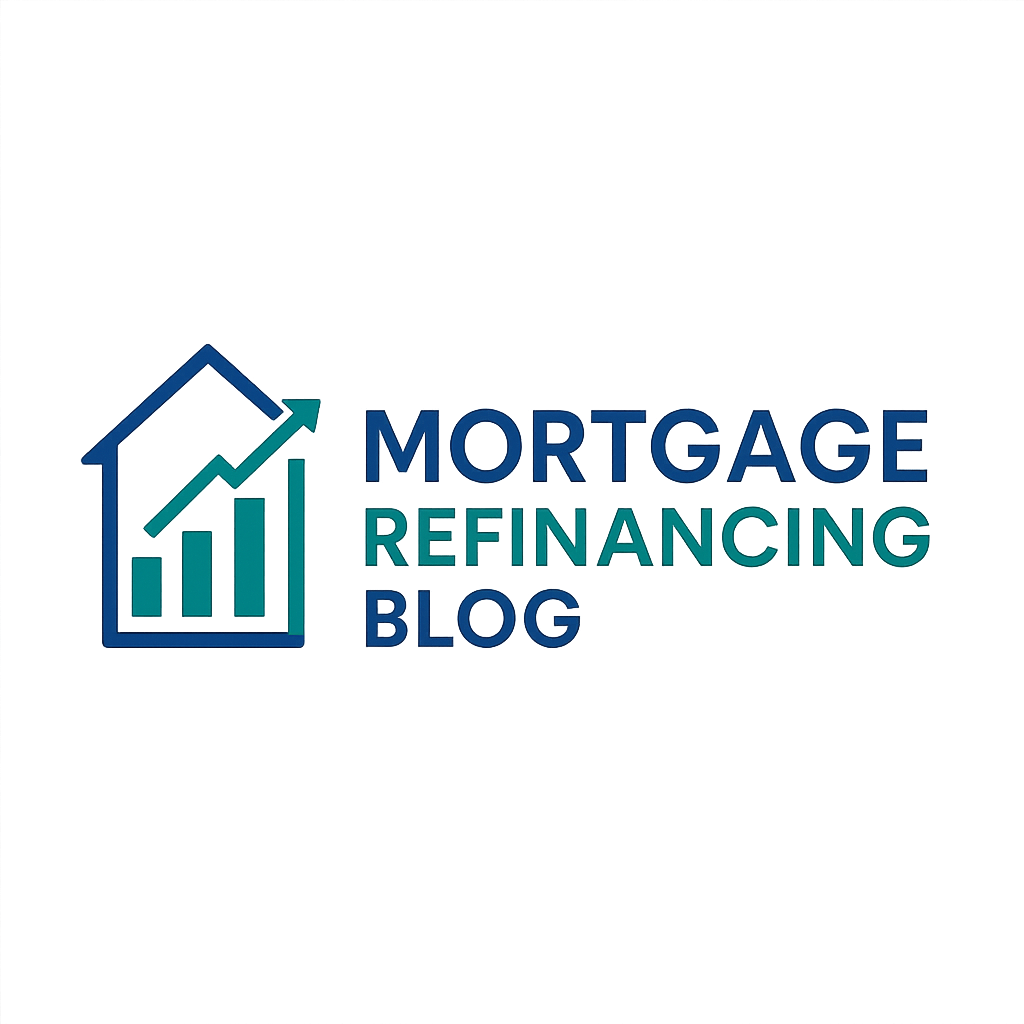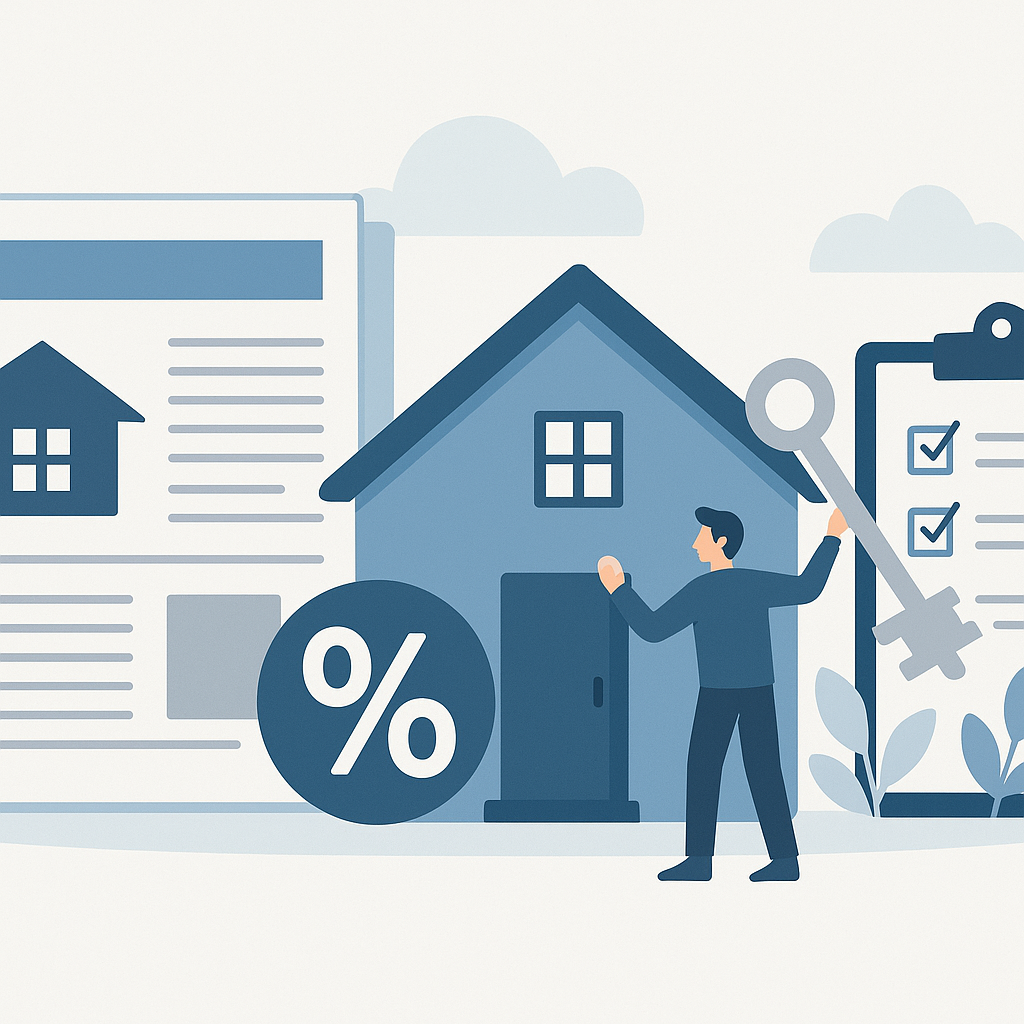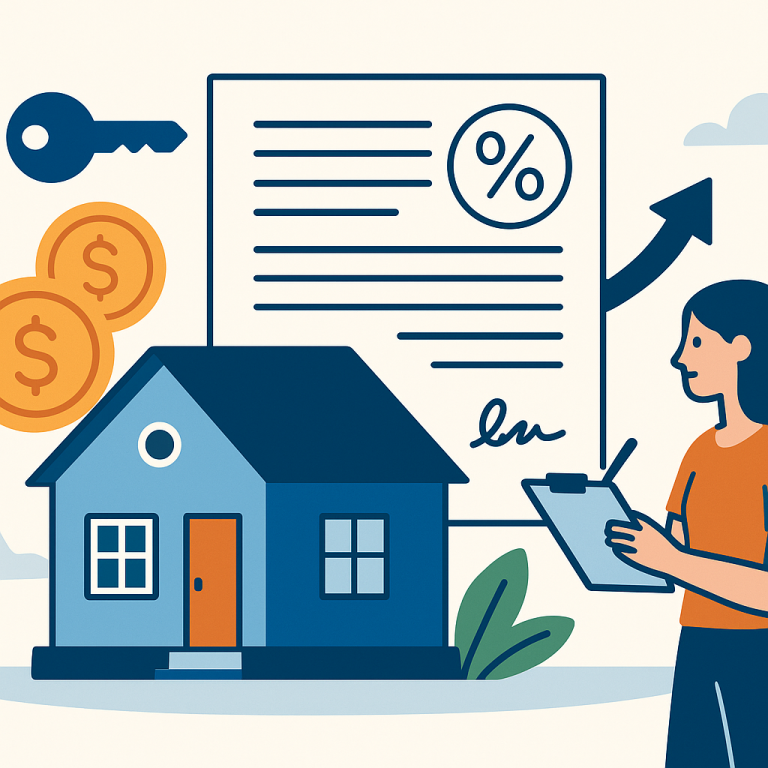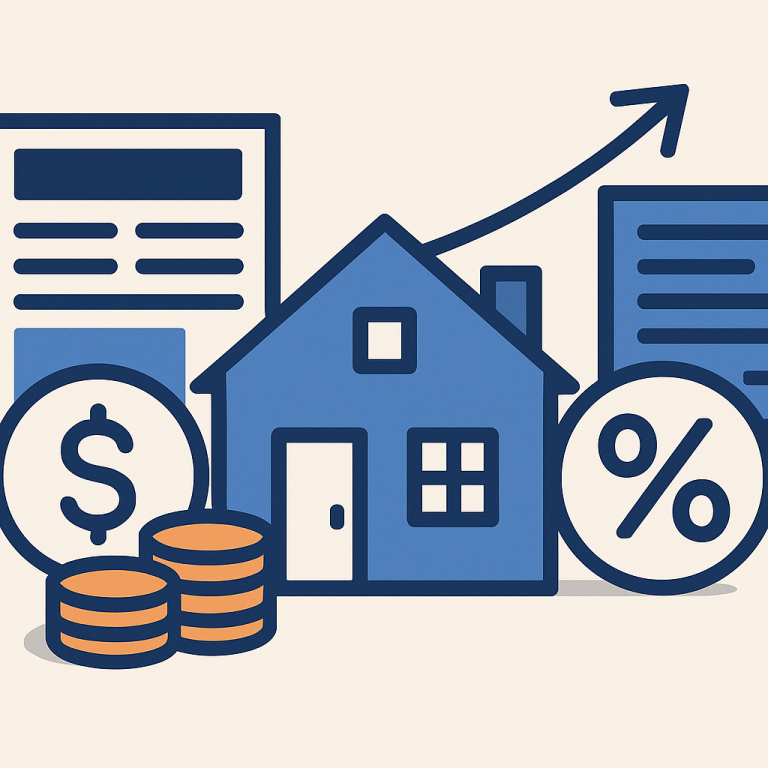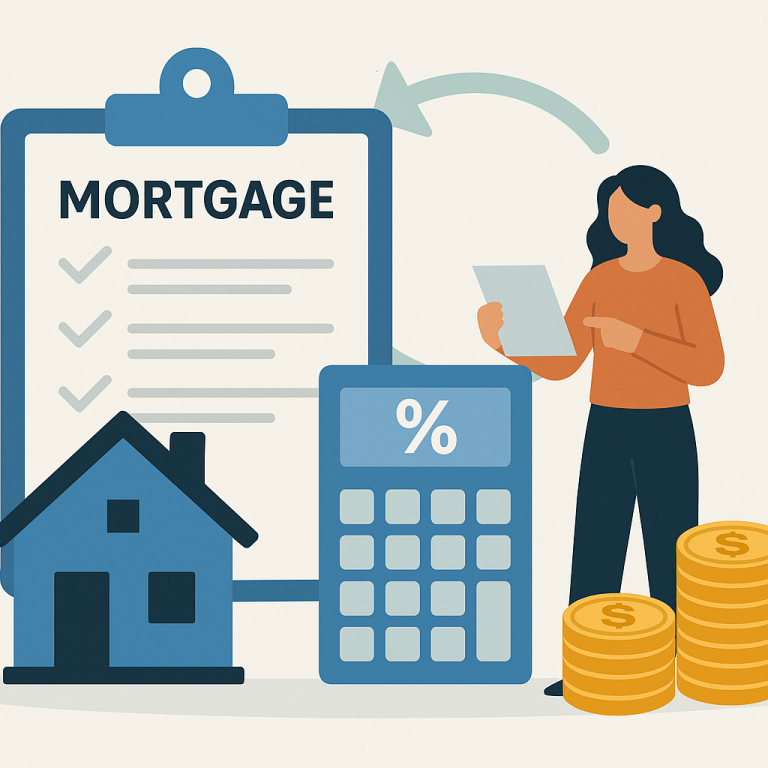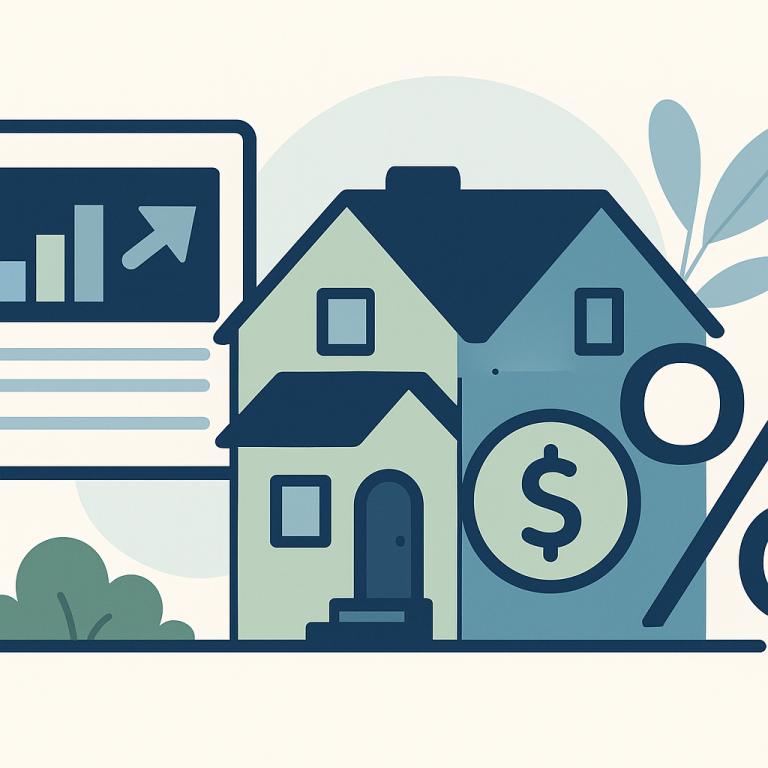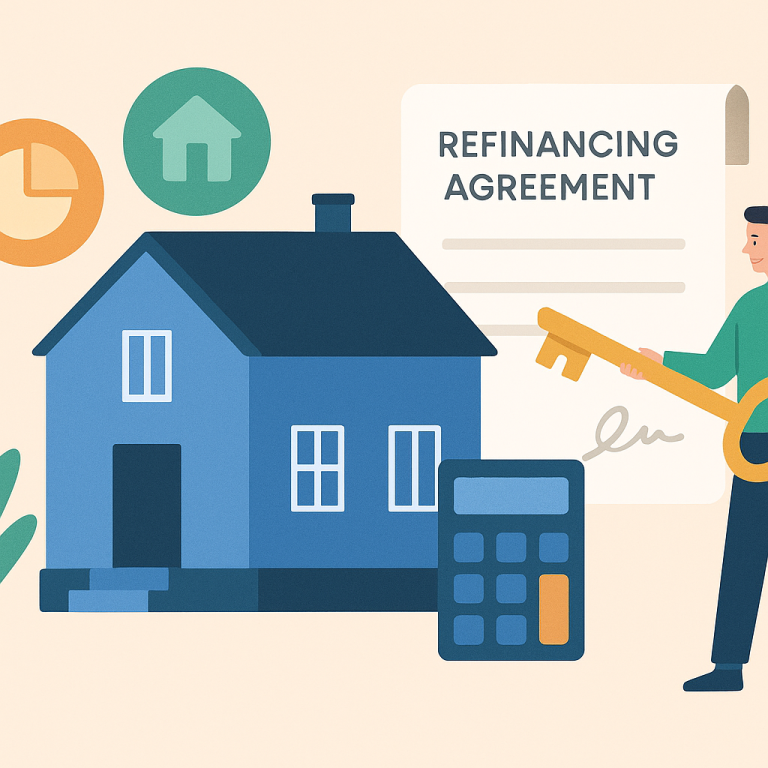30-Year Mortgage Rates Fall to Two-Month Low, Refinancing Demand Increases
Refinancing Demand Shifts as Mortgage Rates Stabilize: What Homeowners Should Do Next
Mortgage refinancing activity has shifted in recent months as mortgage rates stabilize after a period of volatility. Rather than a broad rush to refinance purely for lower rates, lenders and borrowers are increasingly focused on targeted refinancing strategies — including cash-out refinancing, debt consolidation, and term adjustments. The change means homeowners should take a more analytical approach before deciding whether to refinance.
What’s driving the change
After a phase when rate-sensitive borrowers dominated refinance pipelines, the market now reflects a more selective pattern. Lenders report steadier demand for loans that serve specific financial goals: accessing home equity, simplifying higher-interest consumer debt, or shortening mortgage terms to build equity faster. At the same time, underwriting remains attentive to borrower credit quality and the purpose of the refinance, which can affect eligibility and pricing.
How homeowners should evaluate a refinance
Refinancing is not solely about achieving a lower monthly payment. Homeowners should weigh several factors to determine whether a refinance makes sense for their situation:
- Break-even horizon: Compare upfront closing costs with monthly savings to estimate how long it will take to recoup costs. A shorter break-even period favors refinancing when you plan to stay in the home long enough to benefit.
- Loan term alignment: Consider whether extending or shortening the loan term supports your financial goals. Extending a term can lower payments but may increase total interest paid, while shortening a term can increase payments but reduce long-term interest and build equity faster.
- Debt consolidation trade-offs: Cash-out refinancing can replace higher-rate consumer debt with mortgage debt, typically at a lower rate. Evaluate the change in repayment timeline and the risk of moving unsecured debt into secured home debt.
- Credit and documentation: Steady underwriting means credit scores, debt-to-income ratios, and documentation still matter. Improving credit or reducing debt before applying can improve offers.
- Tax and legal considerations: The tax treatment of mortgage interest and cash-out proceeds can vary depending on use and local rules. Consult a tax advisor for implications relevant to your situation.
Practical steps before applying
Homeowners preparing to shop for a refinance should take a few practical steps to improve outcomes. Gather recent mortgage statements, proof of income, and records of outstanding debts. Request preliminary quotes from multiple lenders to compare loan features, not just headline rates. Ask about estimated closing costs, whether points are required to achieve advertised pricing, and any fees tied to appraisal or underwriting.
Alternatives worth considering
Refinancing is one of several ways to leverage home equity or lower financing costs. For shorter-term liquidity, a home equity line of credit or a home equity loan may offer more flexible access to cash with different fee structures. For borrowers primarily seeking lower monthly payments without tapping equity, rate-and-term refinancing may be preferable to cash-out options.
Bottom line for homeowners
With rates more stable, refinancing decisions are becoming more goal-oriented. Homeowners should prioritize a clear financial objective, perform a realistic break-even analysis, and compare multiple offers while considering long-term implications for interest paid and equity. Taking these measured steps will help ensure a refinance supports your broader financial plan rather than merely responding to headline rates.
META: refinancing-trends-stable-rates-homeowner-takeaways
